Nursing Case Study: Improving Ethical Practice in Physiotherapy
VerifiedAdded on 2023/06/15
|6
|1128
|319
Essay
AI Summary
This nursing case study reflects on an ethical dilemma encountered in physiotherapy practice within an aged care facility. The incident involves a patient who fell, and the care staff failed to document it. The subsequent physiotherapy session led to the discovery of the unreported fall due to the patient's complaints of pain. The reflection covers the importance of accurate incident reporting, ethical considerations in patient care, and the implementation of risk assessment strategies to prevent future falls. It emphasizes the significance of maintaining detailed patient records, addressing environmental hazards, and promoting a culture of mindfulness among healthcare staff. The author reflects on how this experience affirmed the need for prompt reporting, thorough risk assessment, and continuous improvement in physiotherapy practice to ensure patient safety and well-being. The case study also highlights the importance of considering factors that increase the risk of falling among older patients and implementing appropriate interventions to improve gait and balance.
1 out of 6
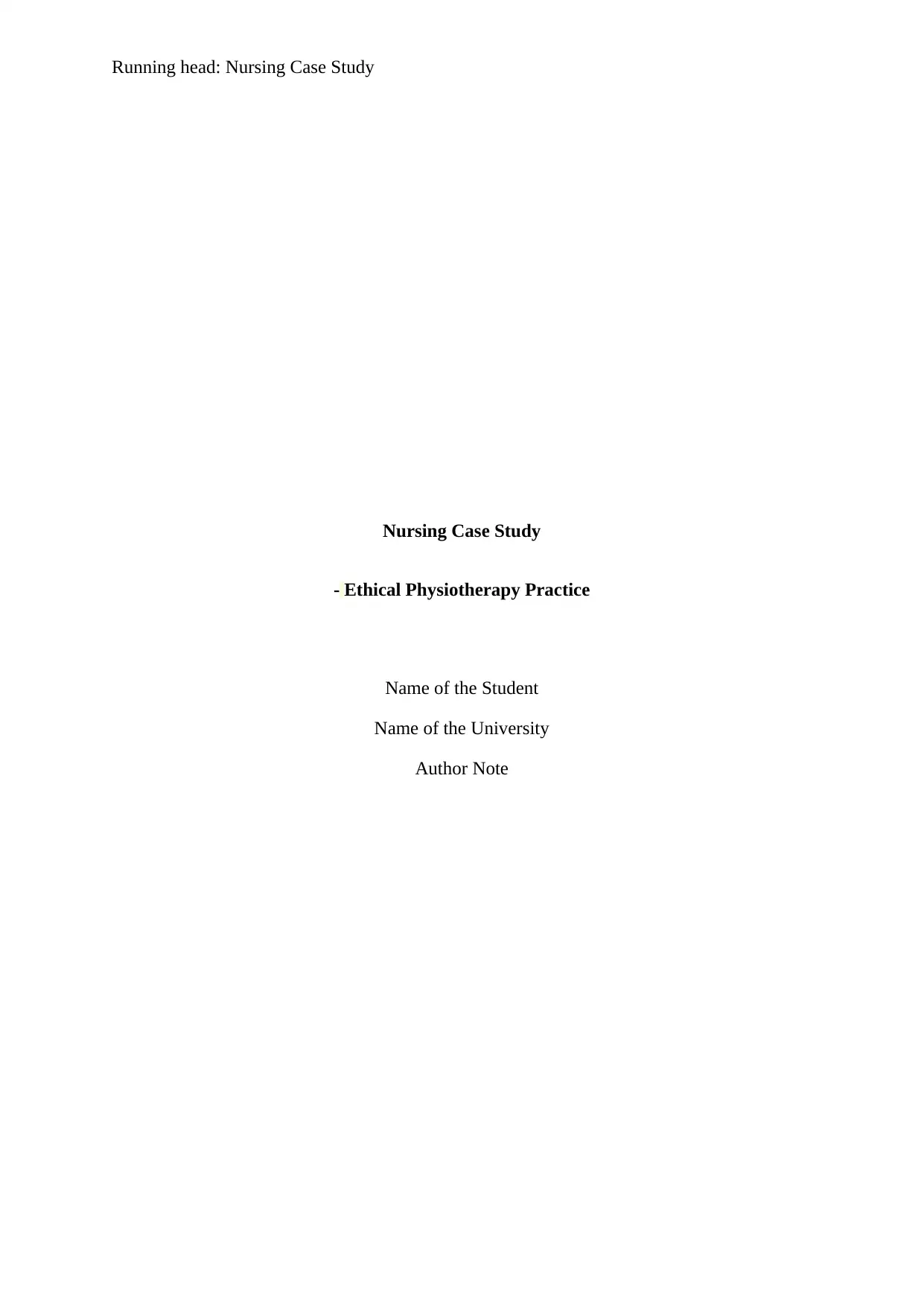
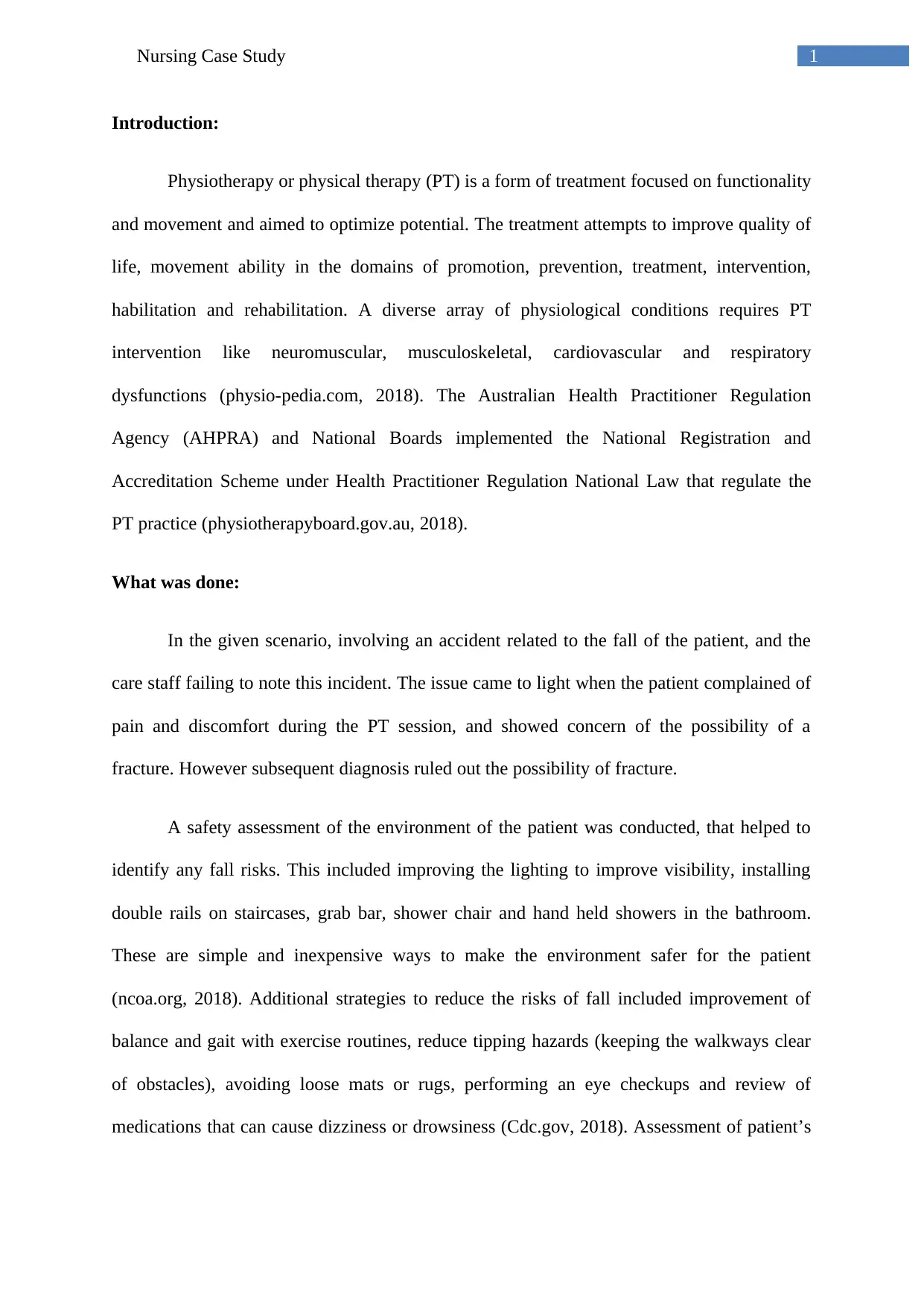
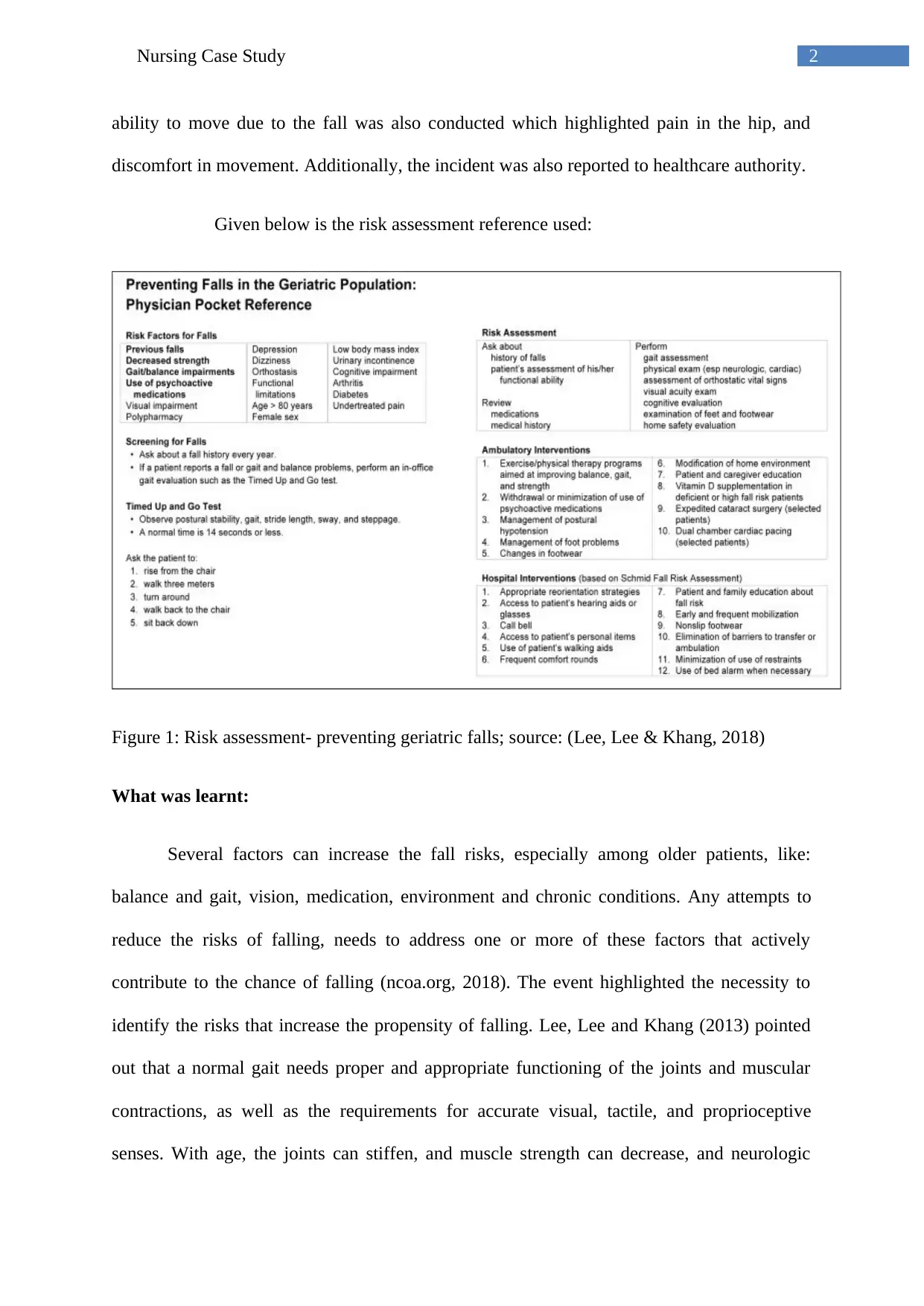
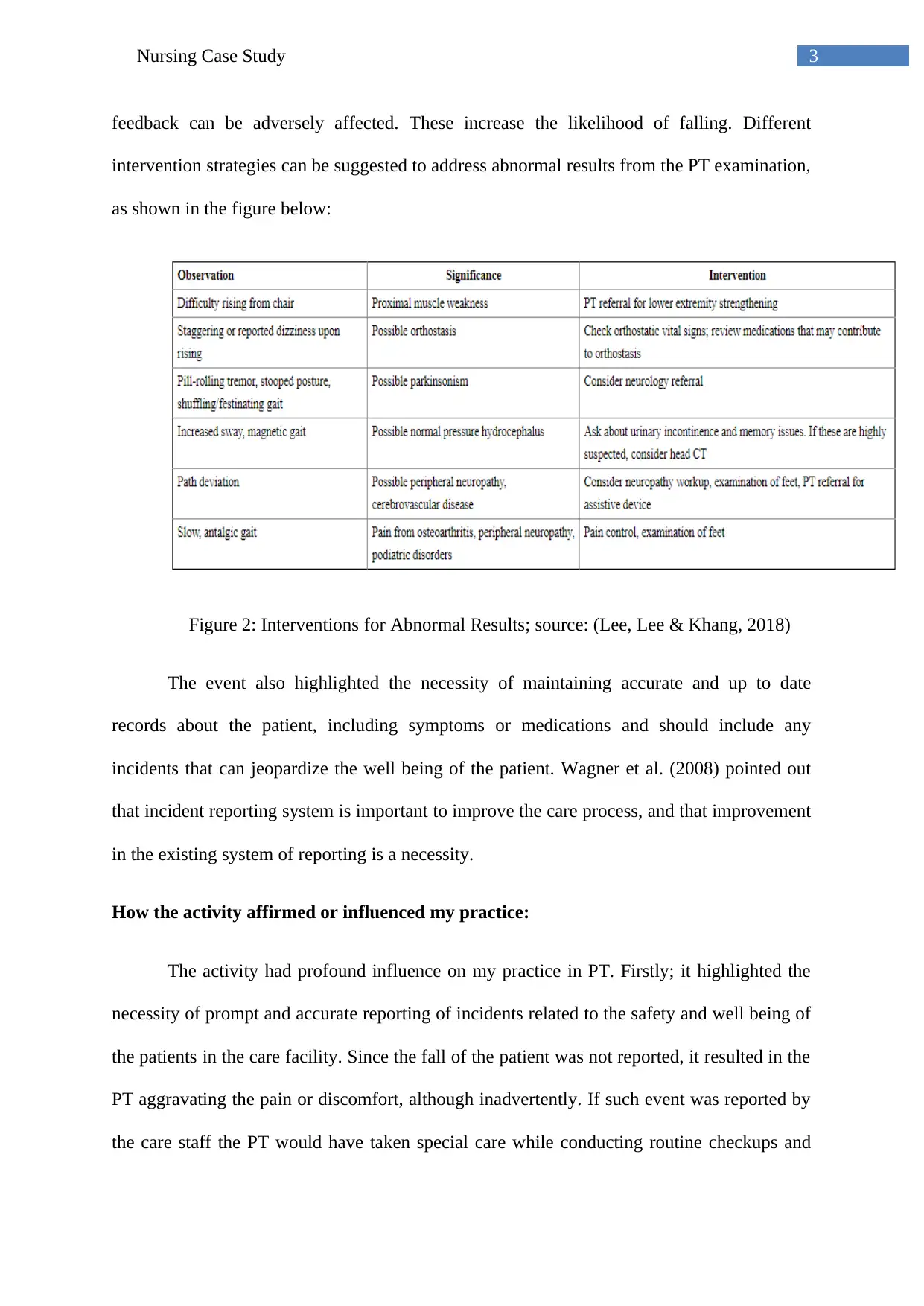
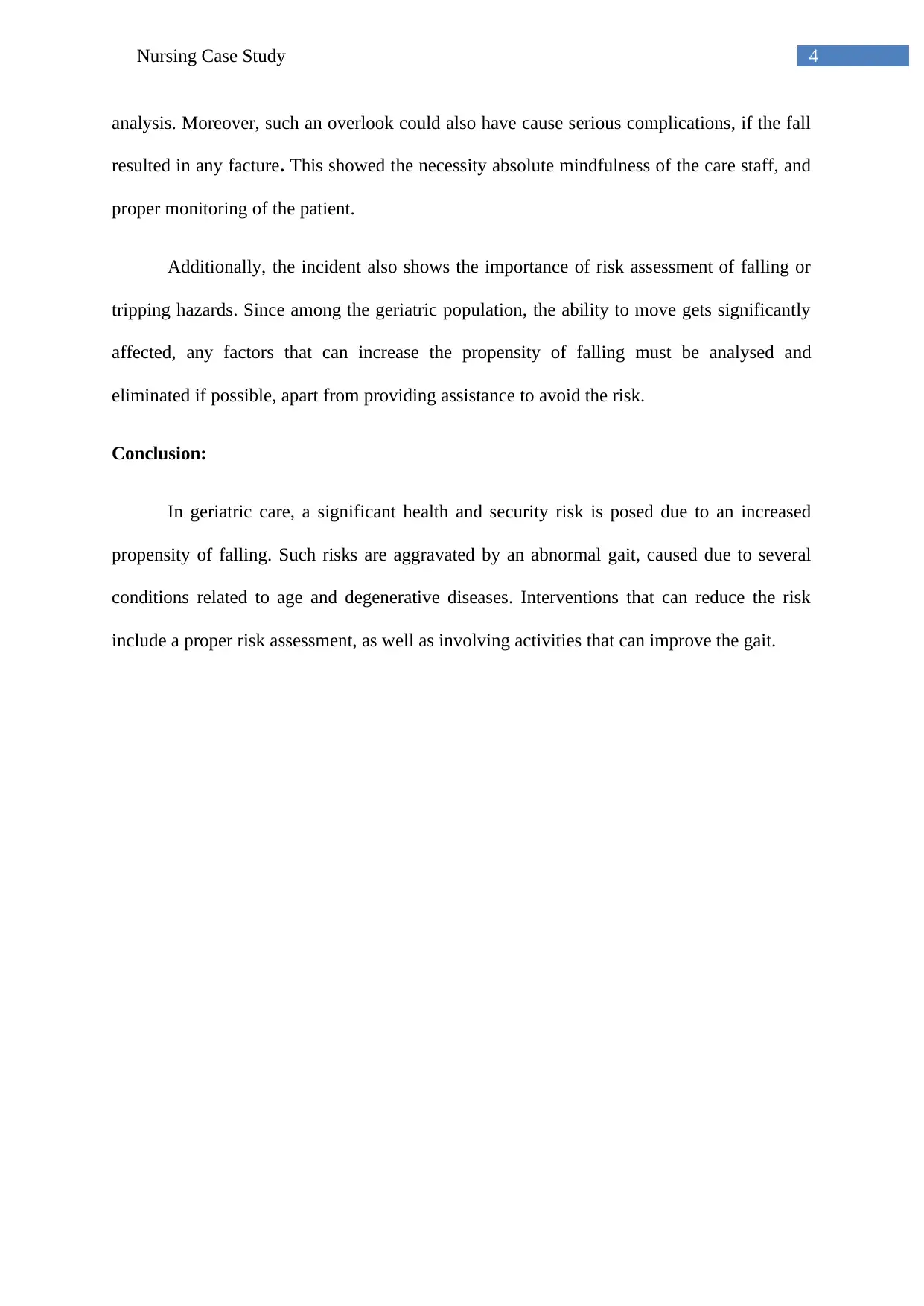
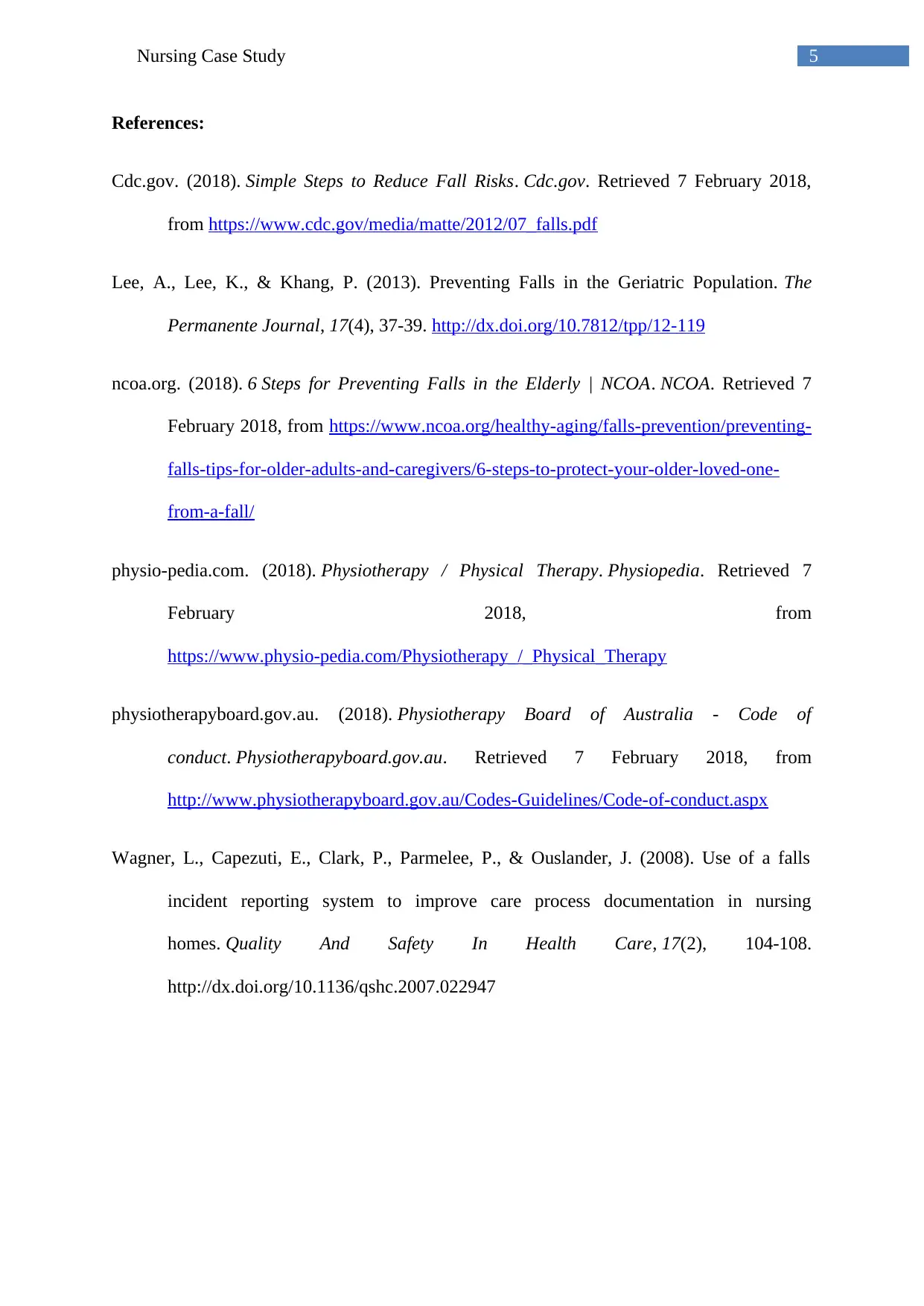





![[object Object]](/_next/static/media/star-bottom.7253800d.svg)